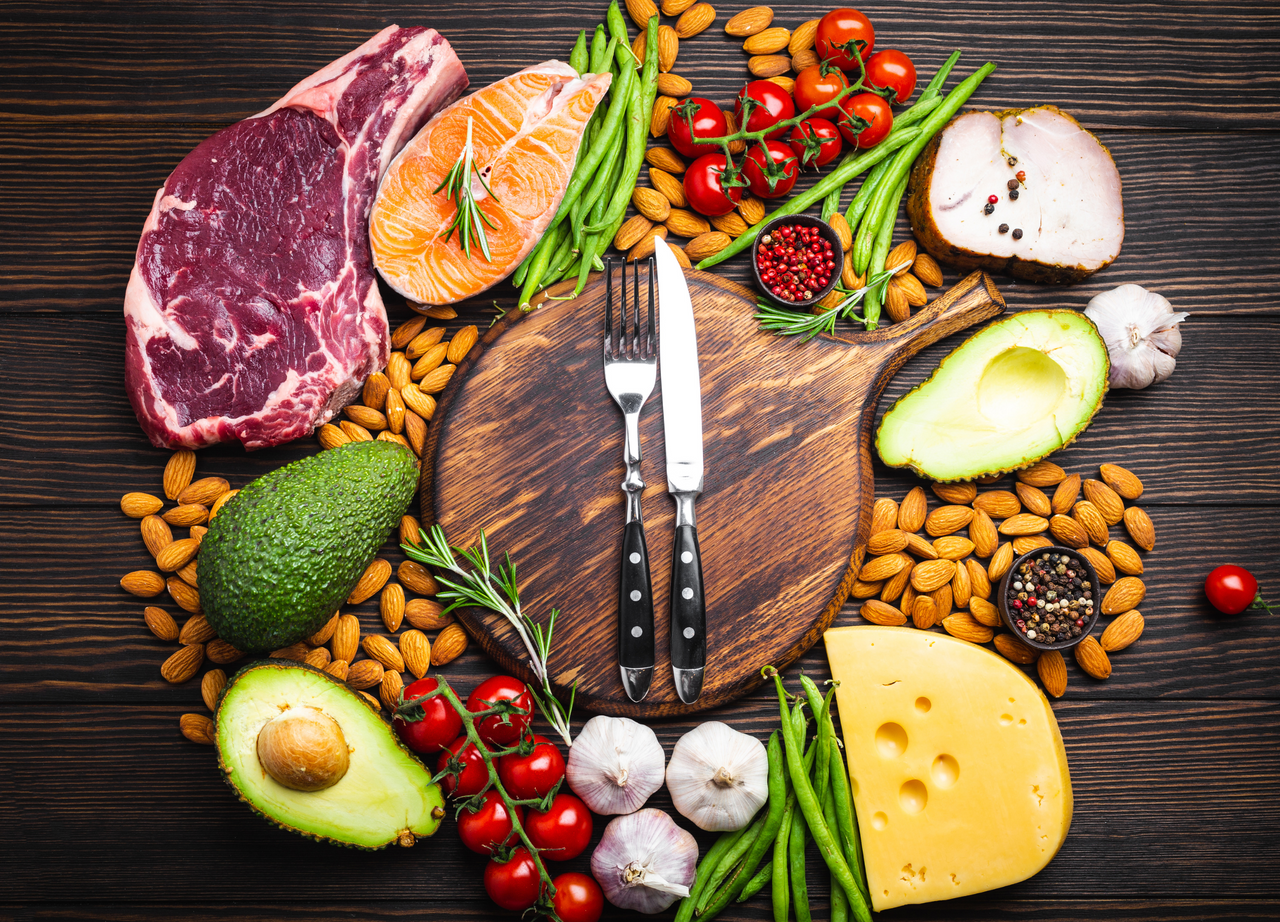Aging Comes With Involuntary Loss Of Muscle Mass - Can We Slow Down This Process?
Age-related muscle loss, commonly known as sarcopenia, is a standard part of aging, but there are ways to limit it. According to studies, after age 30, you lose as much as 3% to 5% of your muscle mass per decade. It’s important to start developing healthy habits as early as possible to limit your loss of muscle mass.All vital organs begin to lose some function as you age. Aging changes occur in all of the body's cells, tissues, and organs, affecting the functioning of all body systems.

Living tissue is made up of cells. There are many different types of cells, but all have the same basic structure. Tissues are layers of similar cells that perform a specific function. The different kinds of tissues group together to form organs.
There Are Four Basic Types Of Tissue In Human Body
Connective tissue supports other tissues and binds them together. This includes bone, blood, and lymph tissues, as well as the tissues that give support and structure to the skin and internal organs.
Epithelial tissue provides a covering for superficial and deeper body layers. The skin and the linings of the passages inside the body, such as the gastrointestinal system, are made of epithelial tissue.
Age-related Changes In Muscle
Muscle loses size and strength as we get older, which can contribute to fatigue, weakness, and reduced tolerance to exercise. This is caused by a number of factors working in combination, including:
- Muscle fibers reduce in number and shrink in size.
- Muscle tissue is replaced more slowly and lost muscle tissue is replaced with tough, fibrous tissue.
- Changes in the nervous system cause muscles to have reduced tone and ability to contract.
What Can We Do To Slow Down Or Even Reverse Muscle Aging
- Eat protein.
The body breaks down protein-rich foods into amino acids, which it uses to build muscle. Protein sources such as chicken, turkey, fish, eggs, red meat, yogurt, and beans are good sources of protein to build muscle.
- Resistance train.
A consistent strength training routine builds muscle mass. Aim for two to three 30-minute sessions per week. Always consult with a physician first. Local community classes or working with a personal trainer are great ways to get started.
- Increase Your Omega-3s.
Omega-3s, found in salmon, walnuts, and flaxseeds, are anti-inflammatory and can easily be added to your diet. Inflammation causes muscles to break down, so by consuming anti-inflammatory omega-3s, you can improve the rate of muscle protein synthesis.
Less muscle means more significant weakness and less mobility, both of which may increase your risk of falls and fractures. A study found that people with sarcopenia had 2.3 times the risk of having a low-trauma fracture from a fall, such as a broken hip, collarbone, leg, arm, or wrist.
The Hormonal Factor
One possible contributor to sarcopenia is the natural decline of testosterone, the hormone that stimulates protein synthesis and muscle growth. Think of testosterone as the fuel for your muscle-building fire.
Some research has shown that supplemental testosterone can add lean body mass—that is, muscle—in older men, but there can be adverse effects. Plus, the FDA has not approved these supplements specifically for increasing muscle mass in men.
Therefore, the best means to build muscle mass, no matter your age, is progressive resistance training. With PRT, you gradually amp up your workout volume—weight, reps, and sets—as your strength and endurance improve.
This constant challenge builds muscle and keeps you away from plateaus where you stop making gains.
The Power Of Protein Powder
Your diet also plays a role in building muscle mass. Protein is the king of muscle food. The body breaks it down into amino acids, which it uses to build muscle. However, older men often experience anabolic resistance, which lowers their bodies ability to break down and synthesize protein.
Therefore, as with PRT, if you are older, you need more. A recent study suggests a daily intake of 1 to 1.3 grams of protein per kilogram of body weight for older adults who do resistance training. For example, a 175-pound man would need about 79 g to 103 g a day. If possible, divide your protein equally among your daily meals to maximize muscle protein synthesis.





